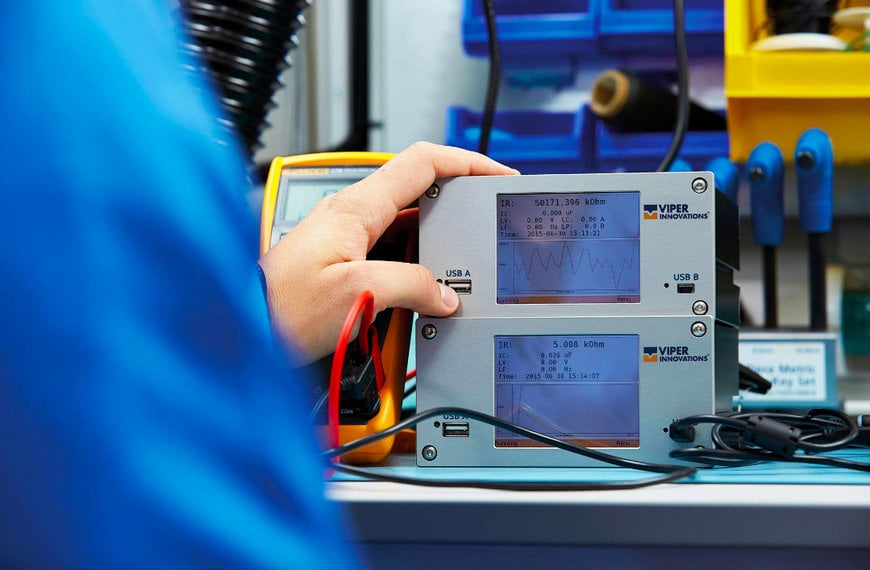www.industry-asia-pacific.com
03
'23
Written on Modified on
VIPER INNOVATIONS: FIVE FACTS ABOUT INSULATION RESISTANCE TESTING
Insulation Resistance (IR) testing can be carried out to identify a drop in resistance caused by current leakage, enabling operators to take remedial action before serious faults or even failure occurs.

Subsea technology is crucial for offshore oil/gas projects. Subsea control equipment draws electrical power from the surface-located equipment of an attached installation using purpose-made cables known as umbilicals. Insulation is key, preventing electrical interference from other conductors, cable protection, and seawater; since faults and failure result from compromised insulation.
Here are five useful facts about IR theory and practice:
1. What insulation resistance is and why you should test it
Insulation Resistance is the ability of the insulation material to prevent leakage currents flowing between live conductors, or from the conductors to the ground. Insulation degradation tends to occur gradually, so having complete and continuous information allows developing issues to be monitored, mitigated against, and eventually resolved in the most economical manner.
2. Why insulation resistance degrades
Factors that can cause IR degradation can be classified as either Intrinsic or Extrinsic.
Intrinsic factors are faults native to the system, i.e. those occurring during manufacture or assembly, incorrect design or material quality issues. Mechanical stress of the cable or connectors during installation or handling can damage the insulation, as can collision damage from vessel anchors or ROVs. Scouring damage from the seabed is also a known source of degradation. These are examples of Extrinsic factors.
3. What insulation resistance testing does and how it is performed
Testing of IR integrity can take two forms, and both have relative merits.
Installing a Line Insulation Monitor (LIM) allows continuous surveillance of the system while in service. Automatic alarms can be generated if the IR parameters exceed pre-defined limits, especially useful when integrated with a SCADA system. LIMs typically apply a low-frequency AC voltage.
Periodic or on-demand testing can also be carried out on a de-energised system using an IR tester that applies a high DC voltage for a set period of time. The results can be interpreted to identify the approximate nature as well as the presence of a fault.
4. Mandatory insulation resistance testing may cause copper loss, but it can be mitigated
IEC 60364 covers the insulation monitoring requirements of IT (Isolation Terra, unearthed) systems such as those used on subsea equipment. However, where an insulation fault allows seawater ingress, it is known that LIM devices can exacerbate damage to the cable by promoting an electrochemical reaction that degrades the copper itself.
The V-LIM system from Viper Innovations can help to mitigate this by regulating the applied voltage used during operation, minimising the copper loss while continuing to accurately monitor the IR.
5. Insulation resistance faults can be recovered
Any subsea system already equipped with V-LIM can be augmented with the installation of V-LIFE. Implementing this unique feature, via a simple software configuration change, introduces an electrical passivation signal which promotes an electrokinetic and electrochemical reaction to occur at the site (or sites) of the seawater ingress.
This actively heals damaged insulation material, preventing further water ingress and restoring the integrity of the cable, at a fraction of the cost of replacement.
www.viperinnovations.com

